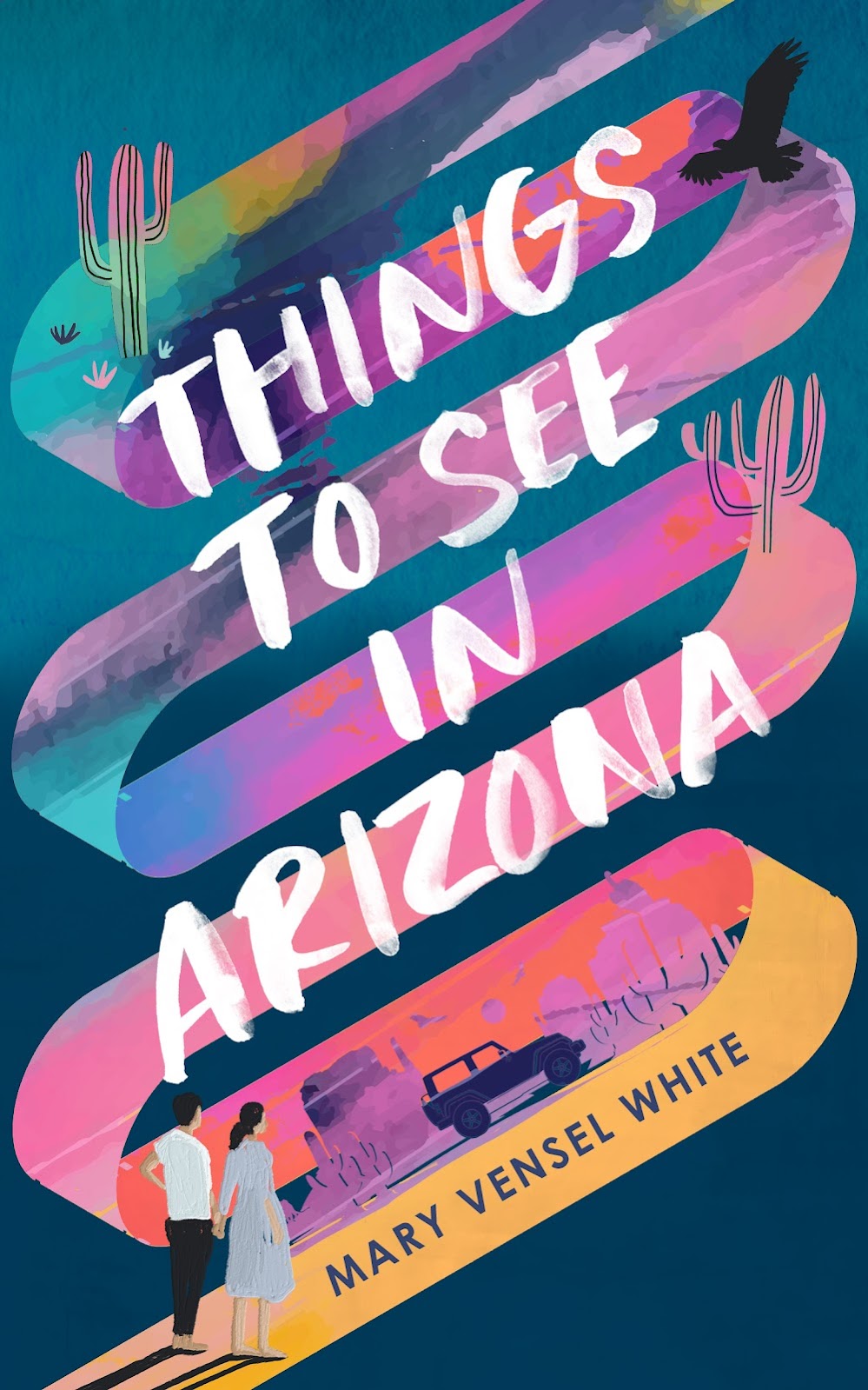Recently, I read a collection of Flannery O’Connor’s essays
called Mystery and Manners: Occasional Prose. Aside from the fact that I really love that term—“occasional prose”—I
also have been known to love me some Flannery O’Connor fiction, so I was very
interested to read her opinions on writing and writers. The articles and essays
reproduced in this volume were most often presented by Miss O’Connor to writing
classes or groups at universities or churches, and they’ve been condensed where
duplicity occurred. (She’d speak from time to time, often on the same
themes.) Sometimes her focus is somewhat narrow: “The Grotesque in Southern
Fiction” or “Catholic Writers;” occasionally, her concerns seemed dated to this
modern reader. But the cornerstone of the collection, at least to me, is the
essay titled “The Nature and Aim of Fiction.” O’Connor’s insights about the
creative process, her strong opinions about the teaching of creative writing,
her commiseration with anyone sharing the “terrible experience” of writing a
novel—this essay alone is worth the price of admission.
O’Connor manages to demystify and mystify the art of
writing, all at once. “In the first place,” she says, “there is no such thing
as THE writer.” She insists that there is no one way to write, and no one type
of writer. She eschews writers who are interested in money or prestige. She
throws out the term “art,” and immediately clarifies with a down-to-earth
definition of it. “The person who aims after art in his work aims after truth,
in an imaginative sense, no more and no less.”
Yet, when she gets into the brass tacks of the process and
what it’s like for her, she teeters between concrete advice and idealistic
intangibles (which is exactly what writing is like). In a story, she says, “specific
characters and events influence each other to form a meaningful narrative.”
Some writers, she says, aim to write stories but what they end up writing is
something else altogether. So then they try to learn something about technique,
which, “in the minds of many is something rigid, something like a formula.”
This is wrong thinking, she says. “In the best stories (technique) is something
organic, something that grows out of the material.”
And then it’s back to the practical. She discusses the necessity for fiction to be rooted in the senses. Avoid abstractions, she says. Good advice. Only don’t go too far with a naturalistic approach, she warns, because “in a work of art we can be extremely literal, without being in the least naturalistic. Art is selective, and its truthfulness is the truthfulness of the essential that creates movement.” Here is where, for me, her ideas break out and grow wings. O’Connor talks about the sort of vision required by writers, that they should be “able to see different levels of reality in one image or one situation. “In a good novel,” she says, “more always happens than we are able to take in at once, more happens than meets the eye.” (There is an inked-in exclamation mark here in my book.) Symbols are a way into this sort of vision, having a complex personal view is another. Fiction should feel like it is unfolding around the reader, as though the moment of creation is ongoing. And it’s this intangible, magical kind of thing that will have many writers nodding their head enthusiastically while reading this essay. It must have been very amusing for the writing classes who heard her speak. She’s very critical of creative writing classes in general and if you must have a writing teacher, she says, his job should be mostly to tell you what isn’t working. True writers have a gift, she believes, and a teacher “can’t put the gift into you, but if he finds it there, he can try to keep it from going in an obviously wrong direction.”
Although O’Connor kindly gives practical guidance at every
point of this essay (“The novelist makes his statements by selection, and if he
is any good, he selects every word for a reason, every detail for a reason,
every incident for a reason, and arranges them in a certain time-sequence for a
reason.”), I didn’t believe for one moment that this would be a skill someone
could cultivate, this seeing with a “complex personal view,” the sort of 3D
vision a writer has to have “if he is ever going to write stories that have any
chance of becoming a permanent part of our literature.”
O’Connor’s worldview and her theories about the craft of
writing fiction were certainly formed, as everyone’s are, by her unique life
experience. She believed everything a writer needs to know is picked up
surviving childhood. “If you can’t make something out of a little experience,
you probably won’t be able to make it out of a lot.” What you can make out of
this short essay is a lot, however, and I’d strongly recommend you have a read.
“One thing that is always with the writer—no matter how long he has written or
how good he is—is the continuing process of learning how to write.”
You can find O'Connor's essay in its entirety here.














Thanks for sharing this essay. Love Flannery O’Connor’s work.
ReplyDeleteThis so resonates ... She believed everything a writer needs to know is picked up surviving childhood ... and ...what is always with a writer, the continuing process of learning how to write ...